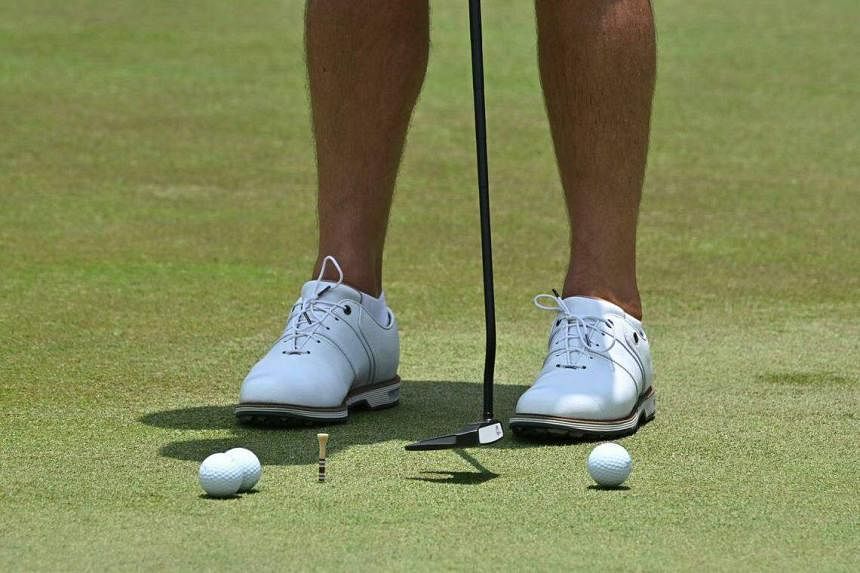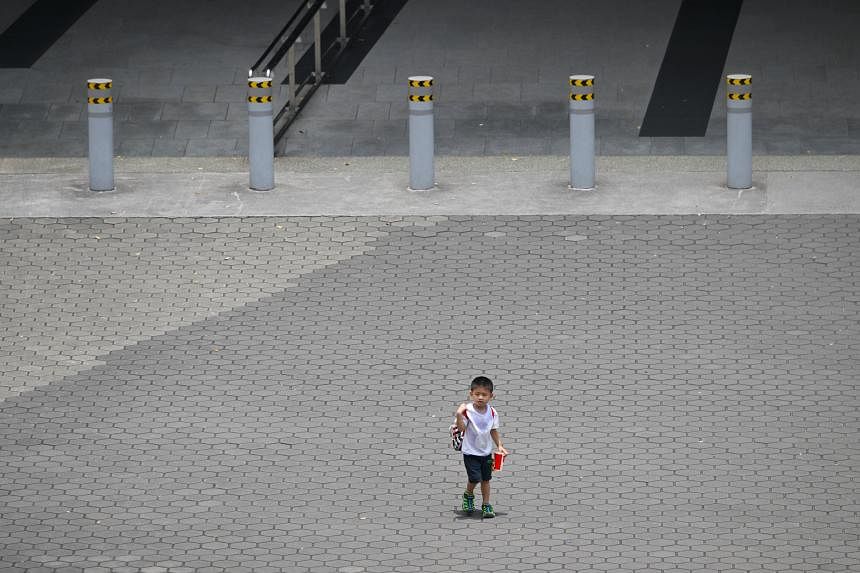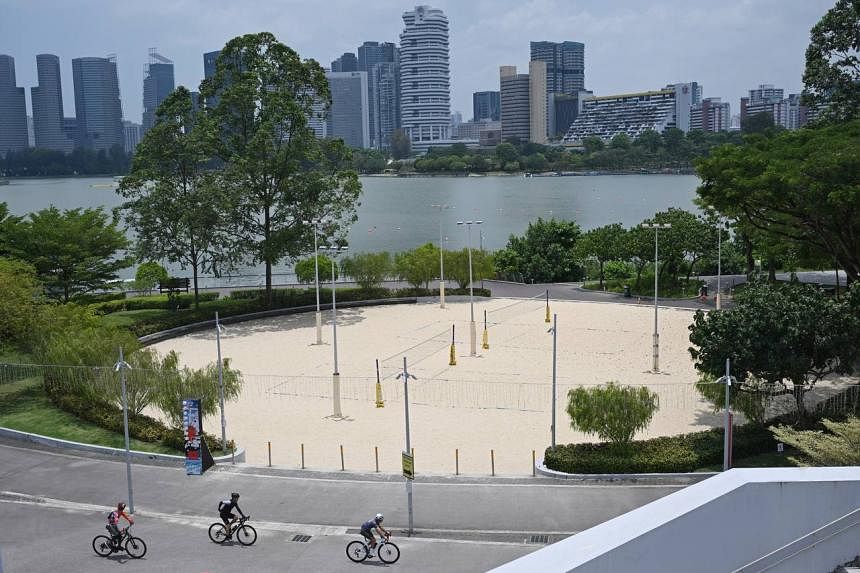SINGAPORE – A Lahaina Noon phenomenon, where one’s shadow appears minimal, took place at 1.11pm on March 23 in Singapore.
Also known as zero shadow day, it is a natural event in which objects standing upright, such as a stick or pole, will cast no shadow.
Professor Matthias Roth, who teaches geography at the National University of Singapore, said the phenomenon will also happen on Sept 19 at 12.58pm, when the solar altitude is as close to or at 90 degrees.
He noted that the phenomenon on March 23 comes about four days after the start of the spring astronomical season, which is determined by the position of the Earth in relation to the Sun.
As Singapore is not exactly on the Equator, the midday sun will be overhead only about four days after the astronomical spring equinox, Prof Roth added.
The astronomical spring equinox results in an equal amount of daylight and darkness.
“Due to historical reasons, Singapore’s time is one hour ahead compared with the solar time. This means that solar noon does not occur until about 1pm, rather than noon, which also explains why sunrise and sunset times are observed at about 7am and 7pm respectively.”
Science Centre Singapore’s senior science educator Meng Hwee Lim said the Lahaina Noon phenomenon takes place twice a year in areas situated between the tropics of Cancer and Capricorn. Other places include Malaysia, Brazil, Hawaii, Thailand and Hong Kong.

For places near the Equator, it typically occurs near the astronomical spring equinox on March 21 and during the astronomical autumn equinox on Sept 21, added Mr Meng, who is from the centre’s schools and professional development team.
“The effect is expected to last for just a few minutes.”
According to Malaysia’s Ministry of Science, Technology and Innovation, the event will take place after the astronomical spring equinox in Putrajaya on March 27, and in Kuala Lumpur on March 28.




